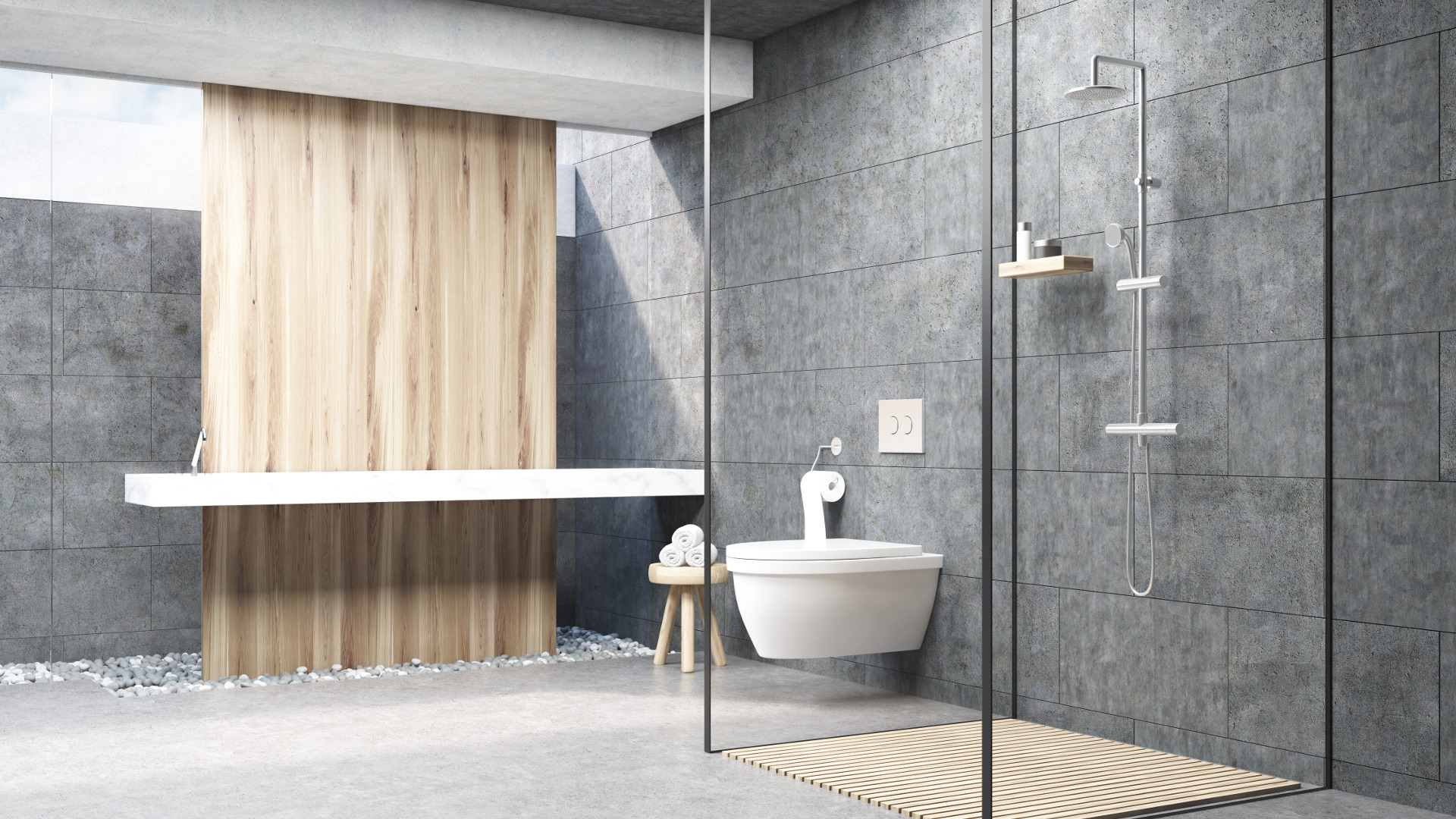
The bathroom, as an area consistently exposed to moisture, must be equipped with high-quality fixtures and furniture. This also applies to the finishing materials on its walls and floors. It is worth considering ceramic tiles, which, due to their properties, do not absorb water, thus protecting the bathroom surfaces from its effects. There are many models available on the market with varying parameters, so allow yourself time when searching for your ideal tiles. You can choose from unusual patterns and colours as well as shapes. Today's stores also offer decorative tiles in the form of irregular mosaics. Ceramic tiles are also light-resistant and durable against the pressure of everyday furniture, so they look just as appealing every day as on the day of purchase.
Types of tiles
To appropriately choose tiles for the bathroom, it's essential to become familiar with their technical properties. The type of tiles is particularly important and should match your requirements and preferences.
Popular glaze
Glaze is much thinner than terracotta, distinguishing itself by greater material brittleness. It is primarily intended for wall cladding. They differ in thickness and gloss level. Their surface is coated with glaze, allowing for any design and finish pattern.
Terracotta
Also known as fired earth. These are glazed stoneware tiles made from fine-grained clay. They are extremely hard and resistant to damage. Often used as floor tiles in bathrooms.
Clinker
Clinker is characterized by very low absorbency, making it a preferred choice for covering bathroom walls and floors. It is frost-resistant and remarkably durable. It shows little susceptibility to biological growths and chemical agents. During firing, it shrinks considerably, resulting in uneven edges and non-standard sizes.
Porcelain stoneware
Porcelain stoneware is resistant to factors and is made from ground quartz, kaolin, and feldspar. It comes in 3 versions. Red stoneware is produced from clinker clays and is often confused with clinker. However, it is pressed at high pressure like all stonewares. Porcelain stoneware is made from a mix of kaolin, white firing, quartz sand, and interval-colouring pigments. Fired at exceptionally high temperatures, it achieves the highest possible abrasion class. Technical stoneware is a type of porcelain stoneware, sharing the same properties but lacking decorations - it appears in a raw, unprocessed form.
Rectified tiles
Rectified tiles have sharp and straight edges, which work excellently in any bathroom. Crafted with meticulous attention to every detail, they will captivate even perfectionists. They give the effect of a uniform surface, looking very aesthetic and elegant.
Tone, tile surface, and further processing
Tone is a marking of tiles that after firing may differ in shades. They are carefully selected and grouped into tones. It's worth paying attention to when buying additional tiles of a specific model.
The surface of the tiles, often completed at various degrees, is also very important. Nowadays, you often find natural tiles, known as matt, which are unglazed and unpolished. Another option is a satin finish, also called semi-matt. However, polished tiles with a shine, which add a desired glow to any interior, are most common.
The processing of tiles is incredibly complex. Glazing involves giving tiles the desired shine, while a matte finish can be achieved by engobing tiles, covering their exterior surface with a special mixture.
Tile parameters
When choosing bathroom tiles, also pay attention to their parameters. Different models vary significantly, so pay attention to their technical properties.
Absorbency
This is one of the most important parameters to consider when choosing bathroom tiles. Given the constant moisture, tiles should have an absorbency no greater than 3% to long serve their purpose. The lower this value, the more resistant the tiles are to water.
Frost resistance
This describes tile resistance to negative temperatures, which exist outdoors. This parameter is crucial for terrace or balcony tiles, which face variable weather conditions in winter and autumn, including frost.
Abrasion classes
The abrasion class is the main parameter deciding tile quality. If you want them to embellish your interior for many years, pay attention when buying. Abrasion is measured in 5 classes, with the highest indicating high tile resistance.
Slip resistance
This indicates the anti-slip properties of a tile. It's classified in 5 groups from R9 to R13 for surfaces walked on with shoes. A higher value indicates less slippery tiles. For surfaces walked on barefoot, they are categorised as A, B and C. Slip resistance is a critical parameter for ensuring safe and comfortable tile usage when exposed to water.
Dimensions
When choosing ceramic tiles for your interior, also consider their dimensions. They are available in various variants in stores, such as 30 x 60 cm, 20 x 50 cm, 60 x 60 cm, 90 x 60 cm, or 45 x 45 cm. Through simple calculations, you can independently arrange interiors. Large format tiles such as 20 x 120 cm or 60 x 120 cm are also available, ideal for spacious interiors.
Shops also offer non-standard decorative mosaics, often featuring unusual and rarely seen shapes. These are typically geometric figures such as hexagons or octagons. An innovative product is glass strips used as composition supplements, which are usually extremely thin and long.


















